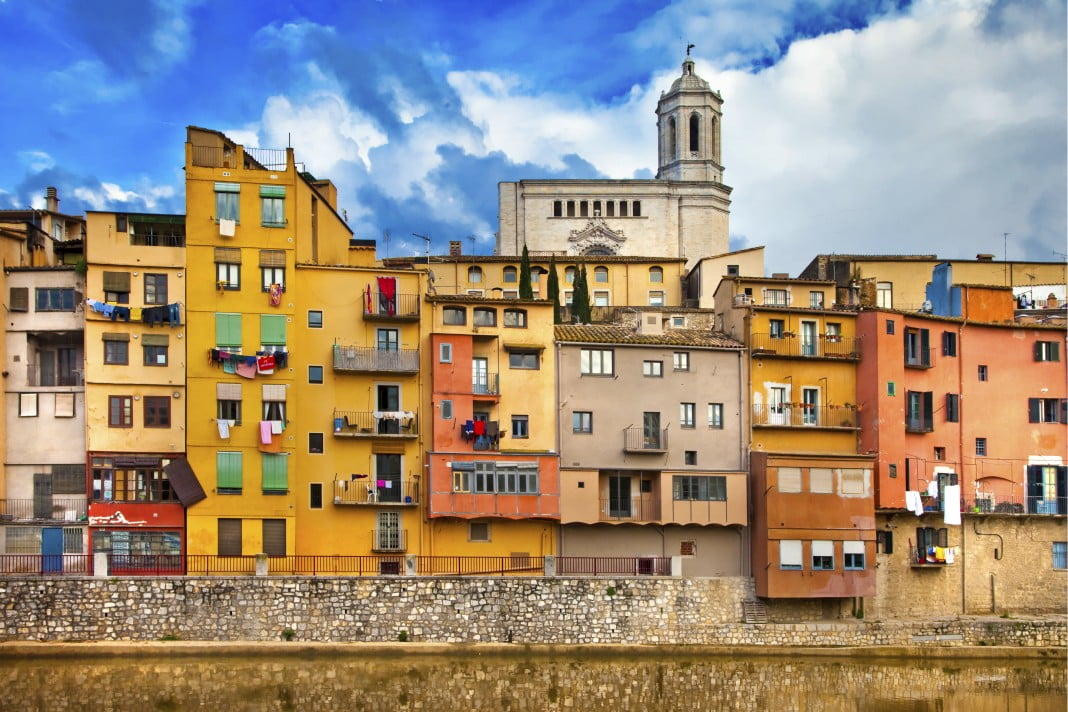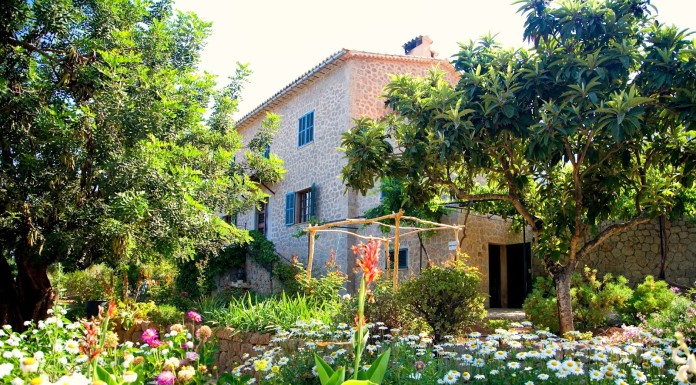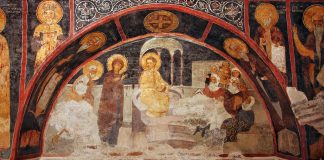Famished and wandering. That’s what we are these days.
It was not long ago when we visited the province of Girona. After a six-hour drive from Nice, France and with just a few drops of fuel left; our arrival in the northeast conurbation of Catalonia, Spain was more than just a trip on the hard asphalt.
A walk on the pedestrian cobbled-stoned streets while marveling at the astonishing architecture and medieval walls revealed a story of the great olden days. It left an element of hunger in us. Not only was it impossible to disassociate the past from the present but the quaint town charmingly offers a cornucopia of gastronomic delights. We salivated over some of Catalonia’s most famous dishes such as Cap-i-pota de vedella (cow’s head and feet) and bacallà amb samfaina (salt cod with ratatouille). After all, what lies in heart of Girona is one of the best restaurants in the world, the El Cellar de Can Roca.
One of the fascinating things to witness here is the eclectic mix of faiths. Catholics takes pride in the 18th century cathedral of Santa Maria of Girona while the Jews have their Jewish Ghetto – which is one of the biggest and best preserved in Europe. As for the Moors, their claim to fame are the Arab Baños (baths) that date back to 1194. A local legend has it, that if one kisses the bottom of the Leona de Girona statue, one will return to Girona one day.
Our dear friends, Steve and Bea Garforth were right. Girona is a lovely town which reflects life in the surrounding countryside and has a distinctly laid-back feel to it. It was instantly apparent when they opened their doors and welcomed guests and travelers into their 1.76 hectares stone villa in the rustic village of San Bartomeo de Torres.
“It was Guillem de Torres, a crusader who founded this place after his return from the Holy Land carrying with him a thorn from Jesus’ crown at the crucifixion” Steve cheerfully narrated. “After his death in 1253, the Benedictine monks constructed the chapel, where the thorn was kept until the 15th century, then later was moved to a nearby church”.
“It was all in ruins before it became our home for 10 years” Bea added, as we all gazed at the sweeping vistas of the snow-capped Pyrenees and La Garrotxa’s volcanic hills in the distance, visible from their terrace. Yet with the Garforth’s artistic eyes, they have transformed a living piece of history into a lovely nook where it now offers a cooler vibe and an atmosphere to linger in. So it was that I kept on dreaming about it, sitting on that beautiful terrace like a señorita.


It surely doesn’t take a legend – kissing the lion’s bottom to convince us to go back. No doubt endings are hard, but then again nothing really ever ends. I say “Girona m’enamora“ (Girona inspires me with love) from your Spanish señorita.
BUTTER MY BAGUETTE
This website made of love strives to produce FREE CONTENT.
Help me tell more stories and keep this website free of any advertisement by supporting Flying Baguette in inspiring more people and connecting you with other cultures and communities around the globe. Donate a little or as much as you can afford to keep the magic of Flying Baguette going for years to come. Share your support through the icons below ⬇️
















